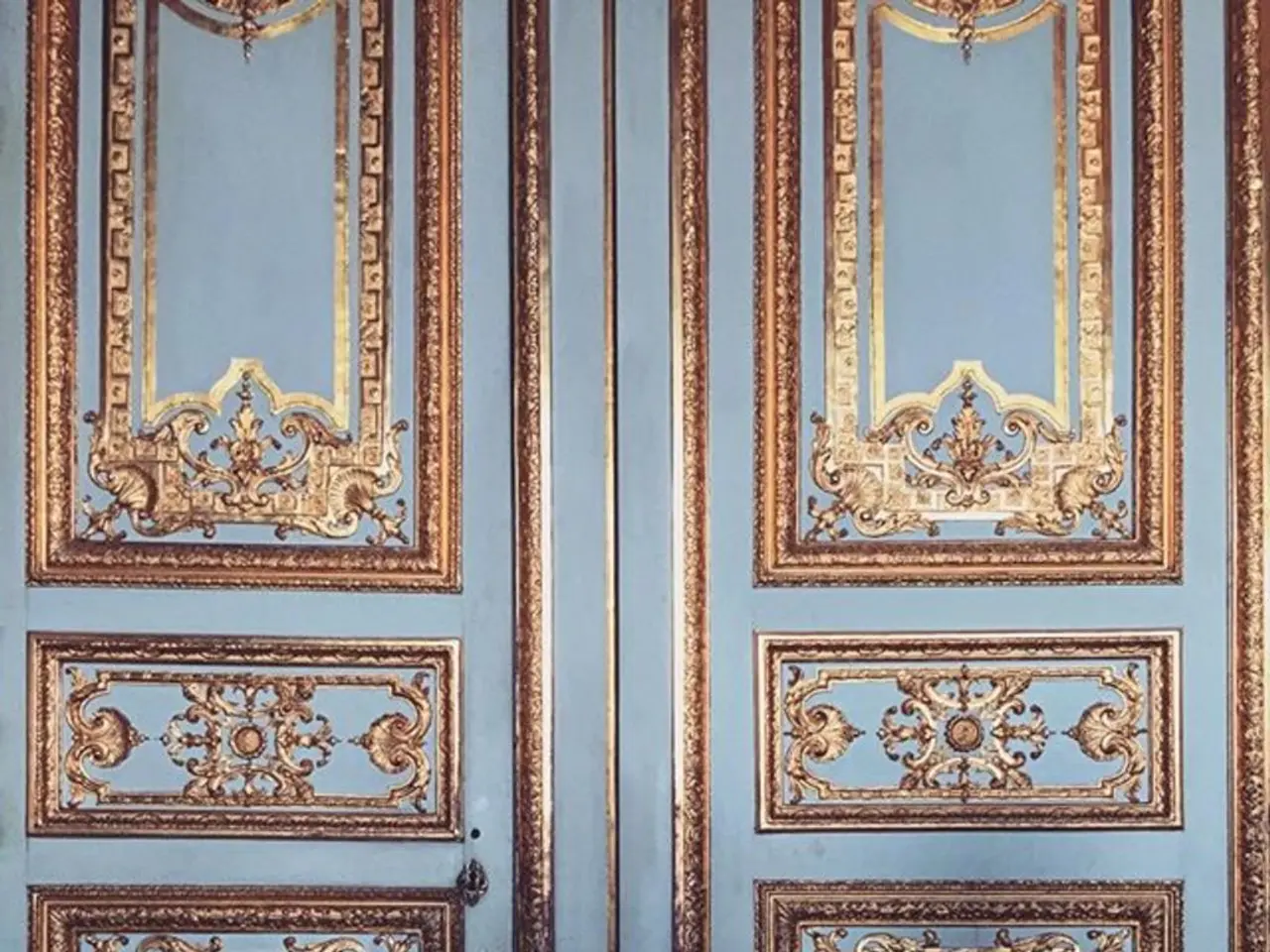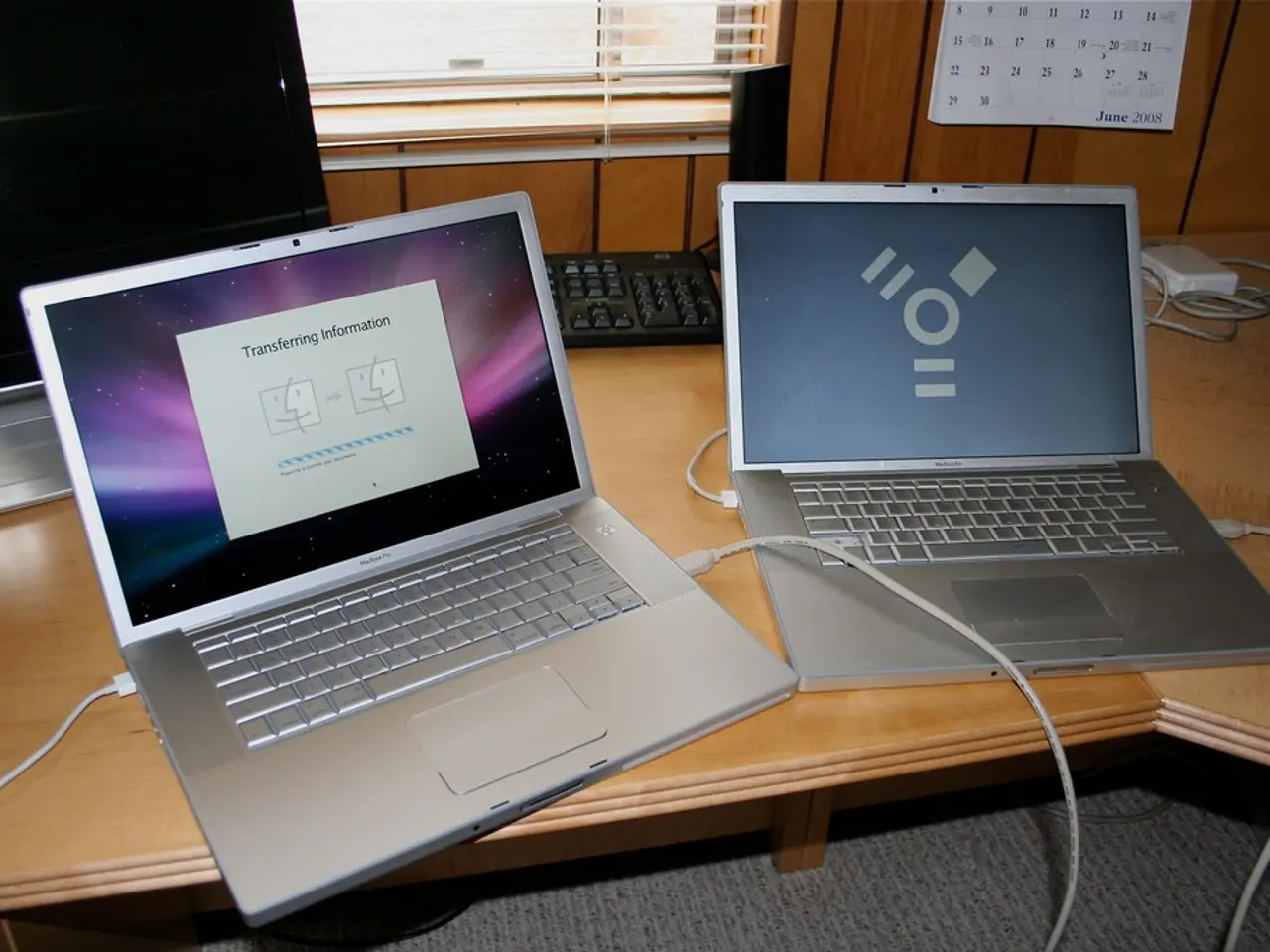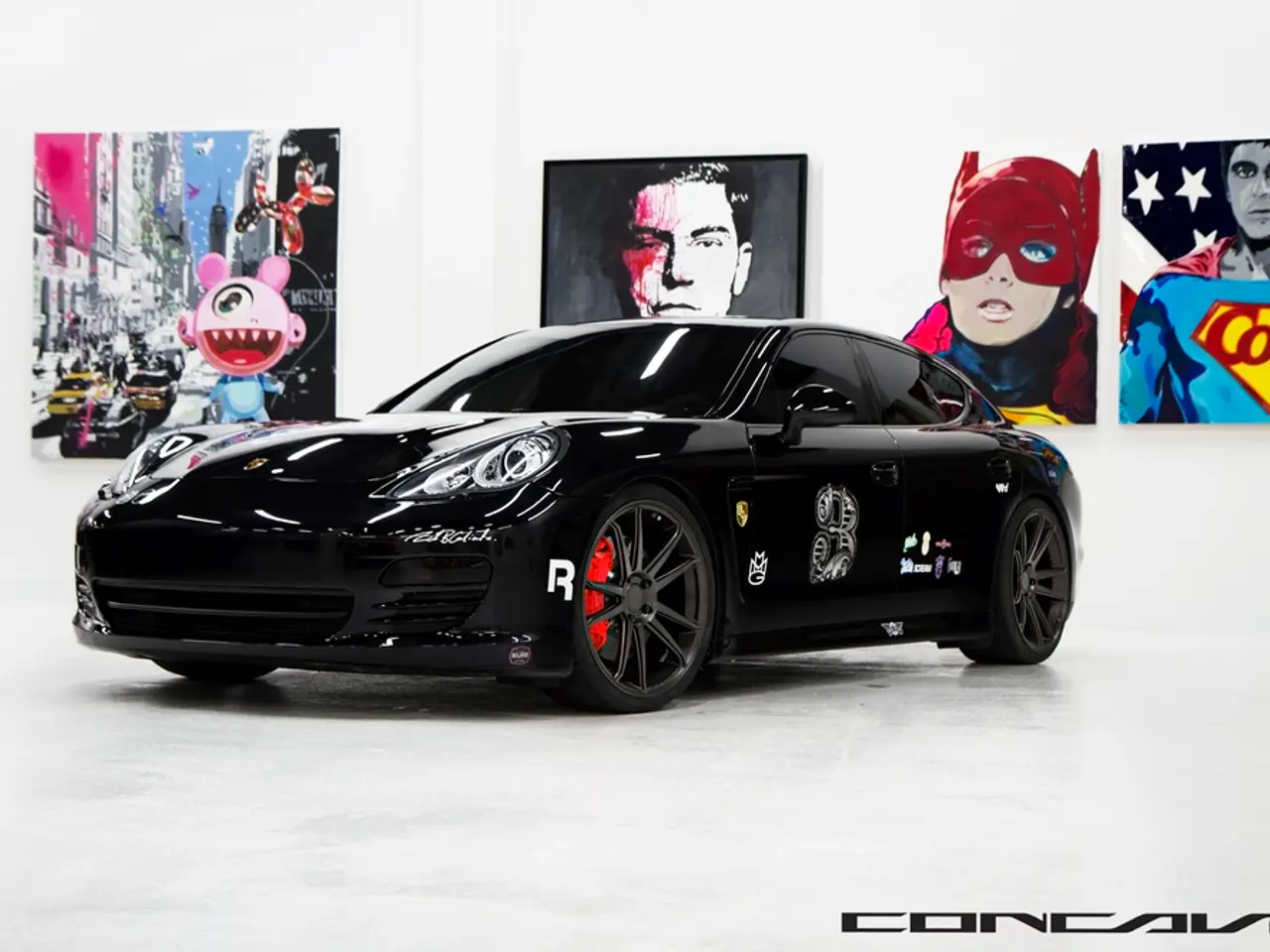Skeuomorphism's demise, hail the return of skeuomorphism in design
In a surprising turn of events, the smartwatch market has seen a return to skeuomorphism - a design approach that mimics real-world objects - breaking the tradition of computing devices leaning towards flat design. This resurgence is not confined to the digital world alone, as skeuomorphism is making a comeback in UI design trends for 2025, alongside flat design, adding depth and visual aesthetics to flat screens.
Apple's recent introduction of Liquid Glass, a design language unveiled at WWDC 2025, is a significant step in this direction. Liquid Glass incorporates translucent layers, glowing refractions, and tactile visual effects, marking a notable return to skeuomorphic elements.
The implications of this shift are particularly interesting in the realm of smartwatch interfaces. While specific developments are yet to be detailed, the broader trend suggests that skeuomorphism could enhance smartwatch UIs by providing more intuitive and engaging interactions. By creating a more relatable and user-friendly experience, especially in wearable technology where space is limited and user interaction is crucial, skeuomorphism could potentially revolutionise the way we interact with our smartwatches.
In the context of wearable technology, skeuomorphism could be used to create more immersive experiences, especially when combined with emerging technologies like AR, VR, and haptic feedback. This could involve designing interfaces that simulate real-world objects or interactions, potentially improving user engagement and understanding.
The debate over skeuomorphism vs. flat design is ongoing in the design community. Skeuomorphism, which is a design concept where objects in software mimic their real-world counterparts, was initially used to make computer interfaces more intuitive for users. However, it led to clutter on the desktop and brought unnecessary details to computers. In response, flat design emerged, prioritising visual clarity and using tiles to present actual data in both written and graphical formats.
Skeuomorphism was embraced by smartwatch manufacturers to ease consumers into a transition. Despite the initial scepticism or disdain from the watch-wearing community towards digital watches, smartwatches mimic the analogue watch experience to encourage use and acceptance. The end of skeuomorphism was prematurely celebrated, but its permanence in design is still a topic of discussion.
In conclusion, skeuomorphism is once again gaining traction in UI design, including Apple's notable shift with Liquid Glass. While specific applications in smartwatch design are not yet fully realised, the principles of skeuomorphism could be applied to enhance the user experience in wearable technology by creating more intuitive and engaging interfaces. Whether this trend will last remains to be seen, but one thing is certain: the future of smartwatch design is an exciting and evolving landscape.
- The resurgence of skeuomorphism in UI design trends for 2025, as seen in Apple's Liquid Glass design language, could potentially revolutionize the user experience on smartwatches, making interactions more intuitive and engaging.
- By incorporating skeuomorphic elements like translucent layers and visual effects, Apple's Liquid Glass could help create more immersive experiences in wearable technology, especially when combined with emerging technologies like AR, VR, and haptic feedback.




